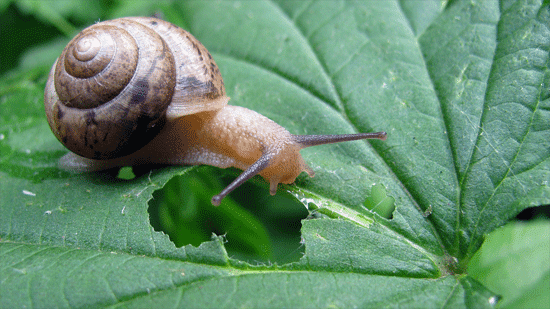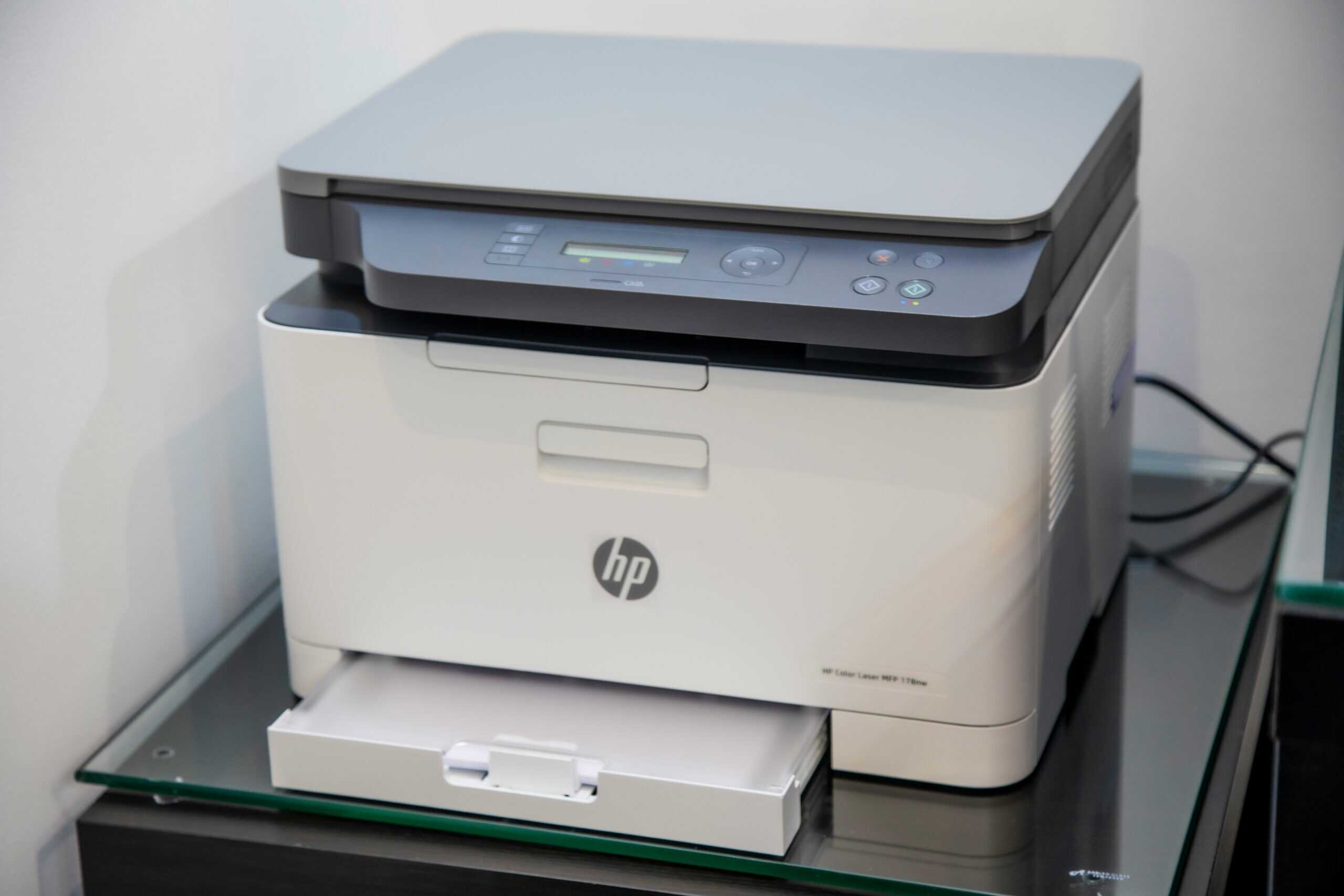What do garden snails eat? If you have such questions you may either be a curious person or an aspiring snail owner. Well, that is quite obvious. To keep a pet, you know that you have to give it what it eats. Therefore, here is a lot of information about snails and what they feed on.
There are thousands of different species of snails and the diet of the snails is different for each of them. Different species eat what they feel is suitable for them depending on the size, where they live, and their age. The herbivorous are the common, and their diet comprises of fruits, vegetables and plants.
You will also find some snails that feed on both plant and animals foods and are referred to as omnivorous. Last of all, there are the last type of snails which feed only on animal-based foods.
Types of Snails
There are over 43,000 different species of snails categorized into sea snails, land snails and freshwater snails. This is categorization based on their habitat. Also, most snails are both male and female, otherwise referred to as hermaphrodites. So, they can reproduce on their own through asexual reproduction.
a). Land snails are also known as terrestrial and live on the land. Most terrestrial snails feed on plant crops.
b). Saltwater snails- live in seawater
c). Freshwater snails live in freshwater
1. Apple Snail
The apple snail is among the most popular freshwater snails used as pets. It comes in many colors like gold, tiger and blue. It can grow up to six inches long, so try to get a larger tank if you intend to pet it. Unfortunately, these snails also tend to eat plants in the aquarium.
2. Garden Snails
The garden snail, commonly known as Helix aspersa or the European Brown Garden snail, is well-known. It's a common snail in Europe and other areas of the world that damages many plants and crops.
The garden snail has a soft body, yellow or cream-colored shells with brown spiral patterns. This snail has a shell to protect itself when it feels threatened or not feeding.
Garden snails eat plants, making them very dangerous as they can destroy large plantations when they invade.
3. Mediterranean Green Snail
These snails, which can grow about five inches long, have only been around since the 1980s. It is native to Western Australia and feeds on various plants, including cereal grains, grazing grasses, and leafy vegetables. It is typically found in rainforests in Northern Africa.
4. Giant African Land Snail
The Giant African Land Snail is one of the largest terrestrial gastropods which has an average size of 8 inches long. The shells range from pale to dark brown with dark brown vertical stripes.
This invasive species can cause damages to crops and lead to many losses. It has been known to feed on as many as 500 different types of plants, which are a lot. Furthermore, these snails have been able to change their habitat and become even more hazardous to crops.
Orchid Snail
These are small species of snails that derived their name from the fact that they feeding on greenhouses and orchards. It has a reddish-brown shell while the animal has a bluish color. Orchid snails are quite small, reaching a size of up to one inch in length and are quite capable of wriggling into very small cracks.
- Roman Snail
This snail has a beautiful shell and is also commonly referred to as the edible snail. This is the type of snail which is consumed in the French dish escargot and is between one and two inches in length. It is an air-breathing land snail with a creamy to light brown shell with darker brown stripes.
They are also unique as they have two pairs of tentacles, one pair containing the eyes and one having smell sensors.
Now let's get to the point and see what garden snails eat.
What Do Garden Snails Eat?
As already mentioned, when in their natural habitat, garden snails eat different types of food depending on their species. Some may not even eat what is readily available but will work hard to ensure they get what they like eating. However, this is not true for all snails, as others only eat readily available and do not worry about looking for their favorite food.
Herbivorous Snails
Herbivorous snails eat many live plant parts, including leaves, stems, crop plants, bark, and fruits. In addition, many eat fungus and mushrooms, and some may add algae on occasion, even though these are crucial foods for freshwater snails.
Carnivorous Snails
This species feeds on several small animals and other mollusks like slugs or earthworms.
Omnivorous Snails
On the other hand, omnivores can consume both plants and animals, but they usually prefer to eat other terrestrial animals, making them predators.
Detritivores
Small snail species enjoy eating plants that have already died, animals or any other dead organic matter. These creatures are called detritivores because they eat detritus or solid remnants left in the soil.
a). Decaying Matter
Snails devour decaying matter, such as plant matter and animals. Therefore, they will eat whatever solid rotting matter they come upon, such as animal corpses, dead snails, or dead plants, as well as any trash they come over on the ground. Because of this, snails are part of nature's cleanup team.
b). Algae and Fungi
Snails eat algae and fungi such as yeast, mushrooms, and even mold. They eat fungi cons on trees, rotting garbage, mold growing in the bathroom or damp areas in the house. They also eat fungi on rocks and walls.
c). Plants
A garden snail eats plants, including their stems, tubers, and flowers. They like early plant growth and leafy greens but may eat older growth if that is all that is available. Dahlias, delphiniums, clover, hostas, marigolds, and nettle plants are favorites among snails.
Some of the plants you'll find snails eating in your backyard include;
- Hibiscus
- Henbane
- Hollyhock
- Chamomile
- Aster
- Lilies
- Pansies
- Petunias
d). Grass
Snails don't eat grass very often. They prefer freshly sown and newly grown grass to an established lawn when they do. Mature grass has a lot of silica, which makes it difficult for snails to crawl over and chew, and grass lacks several minerals that snails require.
e). Trees
These animals also eat tree leaves, young plant barks and branches. This usually occurs after heavy rains when the tree barks are softer. They may eat many parts of the trees, but they rarely harm the plants.
f). Seeds
Snails eat plant seeds that have fallen to the ground or are buried in the soil. Therefore, snail owners frequently supplement their snails' diets with hemp, pumpkin, and sunflower seeds. On the other hand, Snails prefer the sensitive new growth that sprouts from seeds than the seeds themselves.
g). Soil
When the soil is calcium-rich, snails eat it a lot. This aids in developing a strong shell and the maintenance of a healthy shell. To supplement their calcium intake, snails that don't obtain enough calcium from the soil must eat more green vegetables, leaves, wood, fungi, corpses, bones, snail shells, limestone, walls, and rocks.
h). Fruits
Garden snails also eat fruits, but little their citrus fruits intake as a lot of it may be poisonous to the snail. Some fruits that a garden snail will enjoy eating in your garden include the following;
- Bananas
- Kiwi fruit
- Mangoes
- Melons
- Apples
- Apricots, Passion fruits, among many more.
What Can You Feed Your Pet Snail?
We know some people like petting snails. If you are among them and have no idea what to feed it, you can try throwing in different pieces of food to see what it likes most. You can start with small pieces of apples, cabbage, lettuce, and anything mentioned above.
Snails can also be picky eaters. Therefore, ensure you observe and know what your pets enjoy the most. They can also get bored with a single type of food. So, ensure you add different types of food to your pet's diet, so they don't get bored. Also, occasionally add algae to the tank as you change its diet.
It is also crucial to note that snails love eating with each other. So, when petting a snail, remember to pet more than one so that they can eat with their tank mates.
Calcium is a Snail’s Diet
Calcium is among the most important food ingredients for snails. Whether they eat the plants around them or the food you provide them, they should be calcium-rich. If your snail isn't getting enough calcium from its meal, you can add powdered calcium to the soil.
Calcium promotes the growth of escargot shells and helps to keep them from cracking. A lack of calcium might result in the formation of a thin shell.
Some calcium-rich foods that you can feed your pet snails include;
- Dead snail shells
- Ground eggshells
- Natural chalk
- Cuttlebone
- Calcium powder
Frequently Asked Questions (FAQs)
1. Are snails and slugs the same?
Snails and slugs are similar. The only difference between a snail and a slug is that the former has a shell while the latter doesn’t. Snails and slugs are the soft –bodied invertebrates which are classified under the mollusk family, which also includes oysters, clams and squids. A snail’s body and shell is coiled.
2. What attracts slugs and snails to lawns and gardens?
Slugs and snails thrive in gardens and lawns because they are often an irrigated or watered area. Furthermore, gardens provide lots of shelters to bugs from the sun and wind, which are not good for them.
Slugs and snails feed on the tender parts of the plants, leaves and shoots and these plants provide that. Thus even in areas that receive little rain these pests can survive because they get all the food and water they need from well maintained gardens and lawns.
3. What happens to slugs and snails with salt?
Salt dehydrates these animals, hence killing them within a few minutes. It is a chemical reaction whereby the salt acts as kryptonite and dehydrates the snail's slimy exterior.














